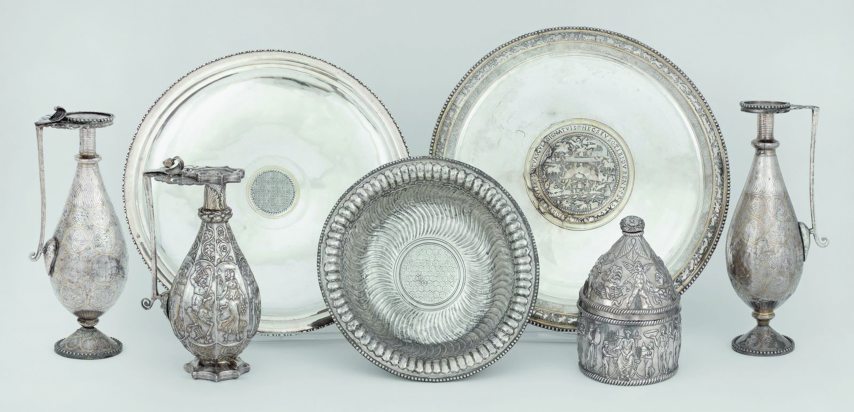
The Seuso treasure is a magnificent glimpse of roman luxury
The Seuso treasure, a collection of silver masterpieces revealing the affluent lifestyle of Pannonia's elite, is on display in the Hungarian National Museum.
The 4th-century final golden age and rich cultural legacy of the Roman Empire is largely due to its wealthy, educated elite. Its members preserved and passed on the heritage of the classical Graeco-Roman culture and they also commissioned patrons luxury articles made at a high artistic quality. Besides its artistic value, as a treasure find it is the most significant hoard of silver objects of late Antiquity. The silver vessels of the treasure faithfully reflect the good life of the wealthy and influential elite, and the world of splendid villas, hunts and banquets in Pannonia during the late imperial period.
The Seuso treasure is one the most significant late Roman silver treasure finds. In its current ensemble it consists of 14 silver vessels made in the 4th century, as well as a large copper cauldron used for their concealment. Close to the presumed site where the treasure was discovered, parts of a late Roman silver stand were found on Kőszárhegy in 1878. Based on its site, value and decoration, the stand which weighed originally in its complete state 20 kilograms, could have been part of the Seuso set. The engraved outlines render a graphic effect to the figurative scenes highlighted by gilding from the niello (silver sulphide) inlaid, matt black background.
The Seuso treasure appeared on the international art market in the 1980s with forged provenance documents. Its dealers claimed that the treasure was discovered in the middle of the 1970s. The objects were purchased by a British investment group, which later put them up for sale. However, a number of states, including Hungary, filed a claim for ownership. According to the Hungarian standpoint, the Seuso treasure was hidden in late imperial Pannonia, in the present territory of Hungary. This argument was supported by the inscription Pelso, the name of Lake Balaton in Roman times, written on the eponymous plate.
The Seuso treasure can be viewed at the Hungarian National Museum.